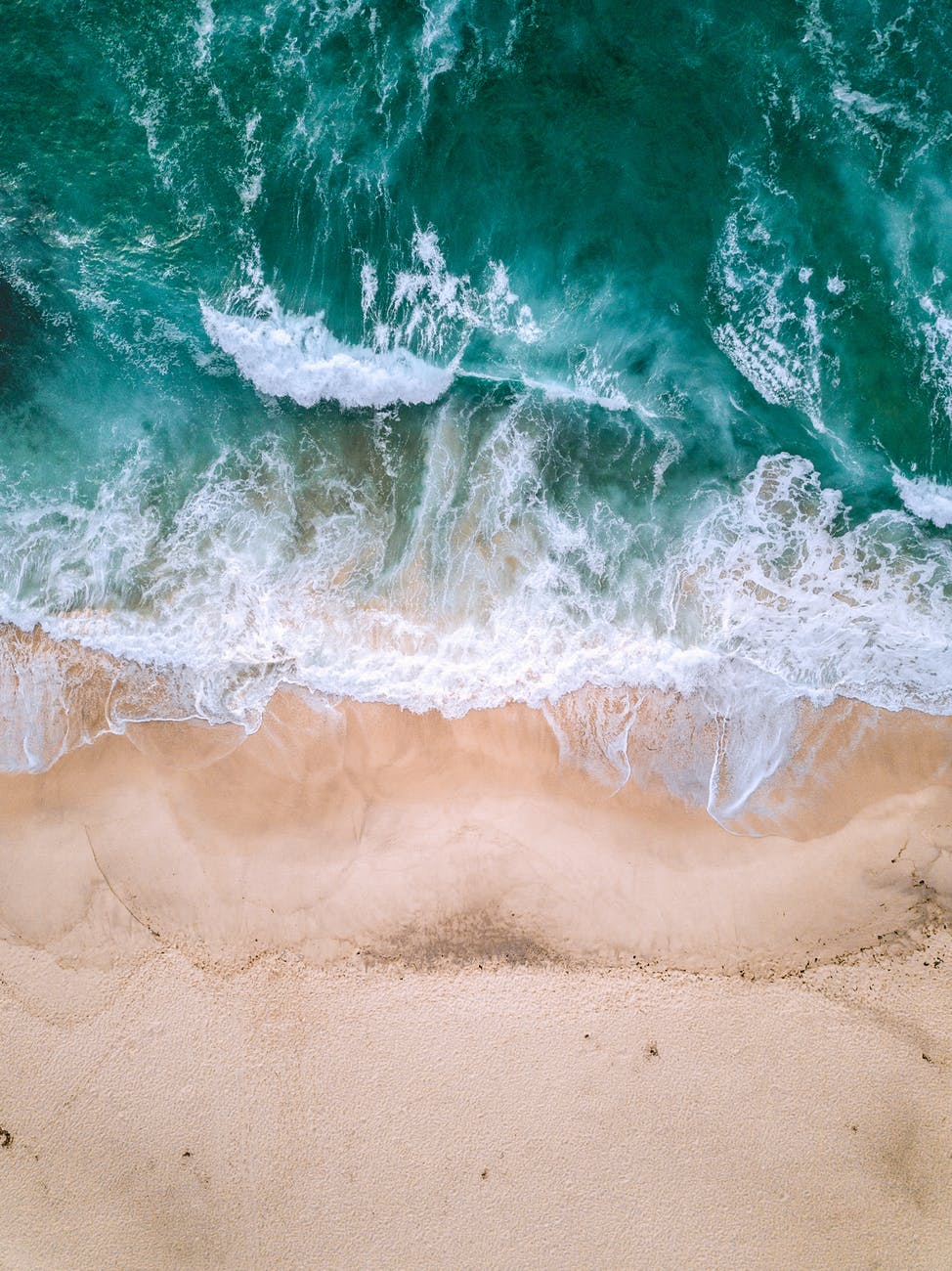
I’ve recently both successfully defended my dissertation and graduated from the University of Florida with my PhD in Interdisciplinary Ecology as Katie alluded to in her post. I am now in a short term post-doctoral position with the TIDESS team and am working with the team to finish some research we started earlier last year.
I am spending most of my time currently on two specific tasks. The first is working with the team on revisions to our manuscript for the International Journal of Science Education. Katie previously mentioned our initial submission, though we have shifted to Part A of the journal rather than part B. The paper has since undergone an initial review and we are now making edits in response. Members of our team have discussed the process in more detail in earlier posts on the TIDESS blog.
Secondly, I am working with Katie on coding focus group data and starting to draft the associated journal paper. You might remember that Nikita described how we transitioned our prototype of ocean sea surface temperature data from an interactive tabletop to an interactive sphere. Last year, we ran focus groups with the goal of understanding what adults and children want to learn about, especially with regards to the ocean. Ultimately, we want to design our prototype so that anyone interacting with it can have an engaging and informative experience without someone there to facilitate. The focus groups allow us to gather information from the content side of things, while other work the TIDESS team has done examines details like how users manipulate that content. For example, Nikita recently described our efforts to investigate the gestures users employ with the sphere. These efforts will give us ideas to incorporate into future iterations of our touch interactive sphere prototype.
One of the things I particularly like about this study is the level of involvement I’ve had the whole way through. Because of the team dynamic of TIDESS, we often may work on varying portions of studies and team members also come and go based on our academic timelines. However, I’ve been involved with TIDESS long enough to have sat in on the initial meetings for designing the focus groups. Hannah, a former education team member who has also written about her TIDESS experience, and I both facilitated the focus groups. I’m excited to be part of analyzing the resulting data and translating it into a paper.
by Carrie Schuman
 0
0
